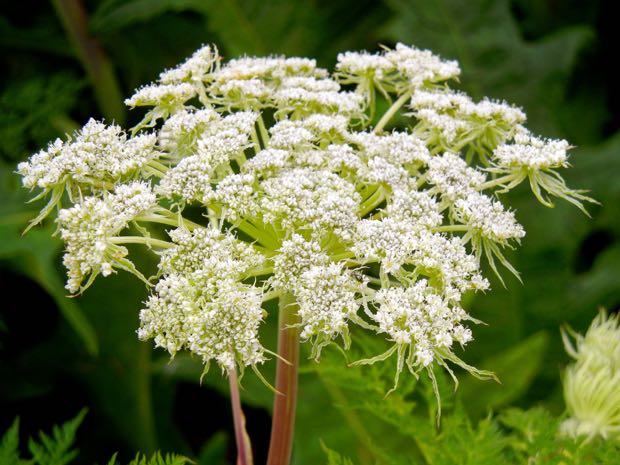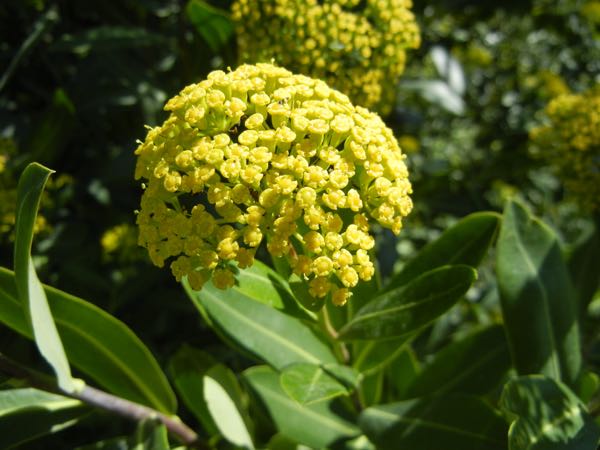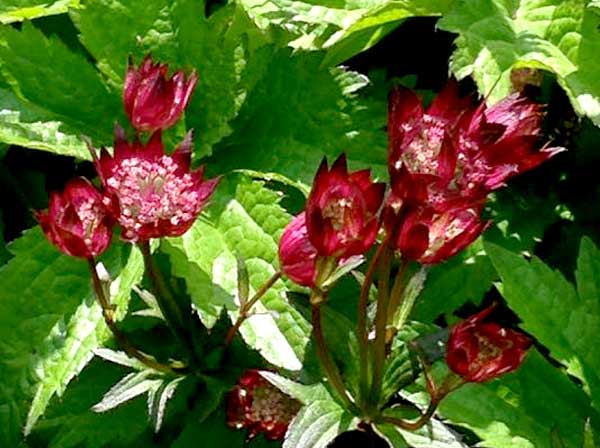Apiaceae: Exploring the Aromatic Parsley Family
Apiaceae, also known as Umbelliferae or the Parsley family, is a remarkable group of plants that holds a significant place in the botanical world. As the 16th largest family of plants, Apiaceae comprises 434 genera and approximately 3,700 species. This family is known for its diverse range of aromatic flowering plants, with many species exhibiting feathery foliage. Apiaceae includes several well-known and widely cultivated plants, such as celery, parsley, and carrots.
Apiaceae was originally described in 1836, by John Lindley (1799-1865), an English botanist. Apiaceae is closely related to Araliaceae.
Aromatic Diversity and Growth Habits
Apiaceae plants exhibit a fascinating array of aromas, which contribute to their distinct character. The majority of species in this family possess feathery or finely divided leaves, adding to their visual appeal. Apiaceae encompasses a wide range of growth habits, including annuals, biennials, perennials, and even some woody shrubs or small trees. This versatility allows the family to occupy various ecological niches and adapt to different environmental conditions.
Terminal Umbels: A Defining Feature
One of the key characteristics that distinguish Apiaceae plants is their unique flower arrangement. Most species in this family produce flowers in terminal umbels, which are umbrella-shaped inflorescences. These umbels consist of numerous individual flowers that radiate from a common point, giving rise to a characteristic and visually striking floral display. The arrangement of flowers in umbels facilitates efficient pollination by attracting a wide range of pollinators.
Culinary and Medicinal Importance
Many plants within Apiaceae have significant culinary and medicinal value. Celery (Apium graveolens), parsley (Petroselinum crispum), and carrots (Daucus carota) are prominent examples that are widely cultivated and used in various cuisines around the world. These plants not only provide distinctive flavors and aromatic qualities to dishes but also offer valuable nutritional benefits. Additionally, certain Apiaceae species contain compounds with medicinal properties and have been used traditionally for their therapeutic effects.
Ecological Significance and Conservation
Apiaceae plants play important ecological roles, serving as a food source and habitat for various insects, including butterflies and bees. Some species are also host plants for specific butterfly larvae. The feathery foliage and nectar-rich flowers of Apiaceae attract pollinators, supporting biodiversity and contributing to ecosystem health. However, it is worth noting that certain members of the family, particularly those with localized distributions, may face conservation concerns due to habitat loss and other environmental factors.
Appreciating Apiaceae
The Parsley family, Apiaceae, captivates us with its aromatic diversity, striking floral arrangements, and culinary significance. From the familiar flavors of celery, parsley, and carrots to the delicate beauty of their umbel-shaped flowers, Apiaceae plants hold a special place in our gardens, kitchens, and natural environments. By exploring the characteristics and ecological roles of this remarkable plant family, we gain a deeper appreciation for the diverse tapestry of life that surrounds us.
Familiar herbs and vegetables used in our everyday lives from the Apiaceae family include:
Parsnip Pastinaca sativa
Carrot Daucus carota
Hamburg parsley Petroselinum crispum
Parsley Petroselinum crispum
Coriander Coriandrum sativum
Dill Anethum graveolens
Fennel Foeniculum vulgare
Cumin Cuminum cyminum
Caraway Carum carvi
Chervil Anthriscus cerefolium
Celery Apium graveolens
Anise Pimpinella anisum
Apiaceae also includes poisonous plants such as:
Poison Hemlock Conium maculatum
Water Dropwort Cicuta maculata
Spotted Cowbane
Fools’ Parsley Aethusa cynapium
Apiaceae family genera include: (A to B)
Aciphylla
Acroglyphe
Acronema
Actinanthus
Actinolema
Actinotus
Adenosciadium
Adorium
Aegokeras
Aegopodium
Aethusa
Aframmi
Afroligusticum
Afrosciadium
Afrosison
Agasyllis
Agrocharis
Ainsworthia
Albertia
Albovia
Alepidea
Aletes
Alococarpum
Alposelinum
Ammi
Ammodaucus
Ammoides
Ammoselinum
Analyrium
Andriana
Anethum
Angelica
Anginon
Angoseseli
Anidrum
Anisactis
Anisopoda
Anisosciadium
Anisotome
Anisum
Annesorhiza
Anomopanax
Anthrichaerophyllum
Anthriscus
Aphanopleura
Apiastrum
Apinella
Apiopetalum
Apium
Apodicarpum
Arafoe
Archangelica
Archemora
Arctopus
Arcuatopterus
Arracacia
Artedia
Asciadium
Asteriscium
Astomaea
Astrantia
Astrodaucus
Astydamia
Atenia
Athamanta
Aulacospermum
Aulosolena
Aulospermum
Austropeucedanum
Autumnalia
Azilia
Azorella
Azorellopsis
Balinotella
Berula
Bifora
Bilacunaria
Billburttia
Birostula
Bolax
Bonannia
Bowlesia
Brachyscias
Bubon
Bulbocastanum
Buniotrinia
Bunium
Bupleurum
Buprestis
Bustillosia



